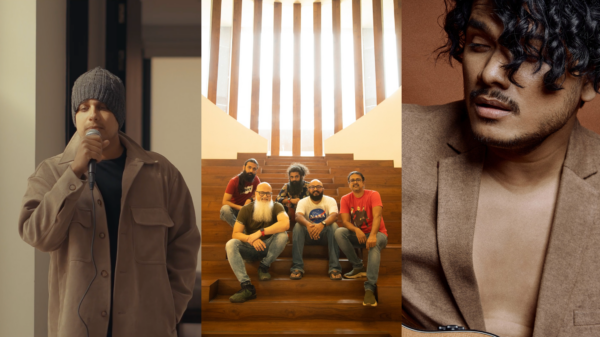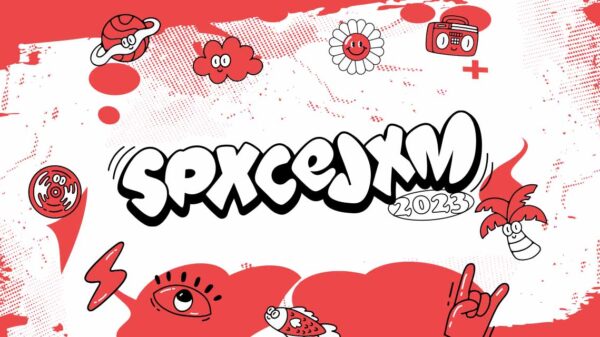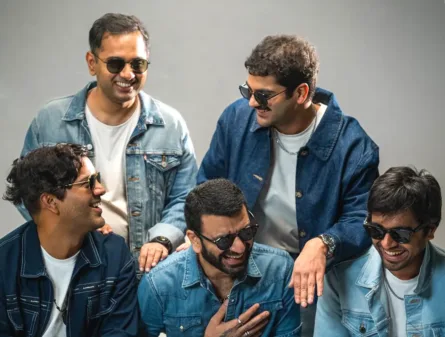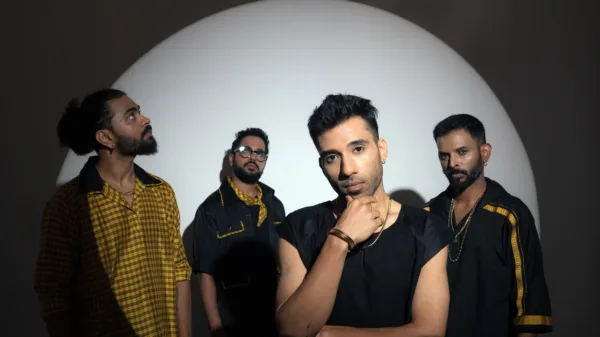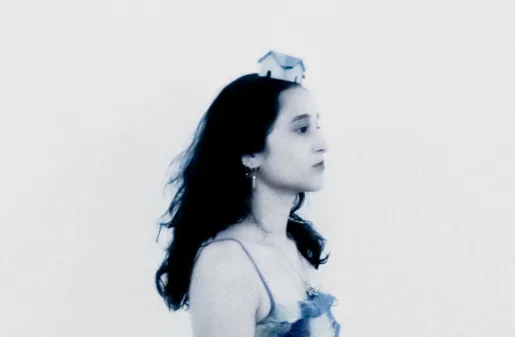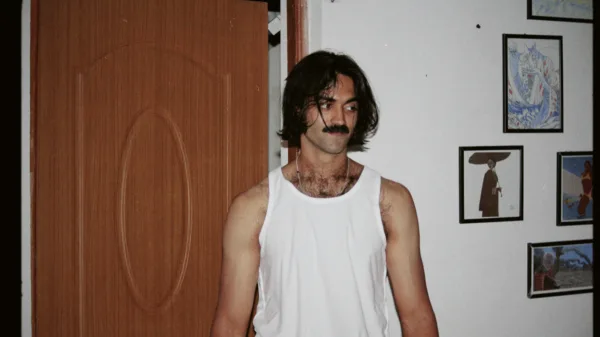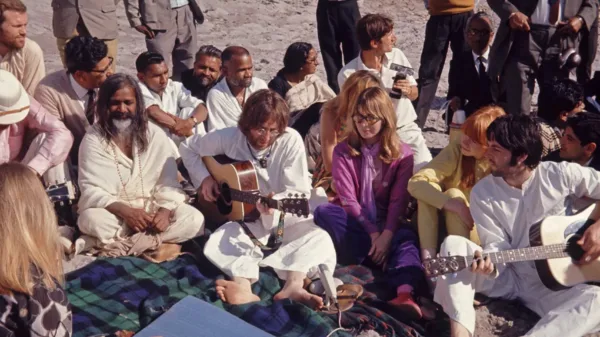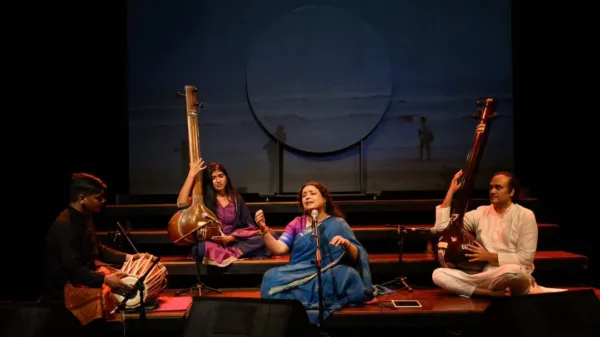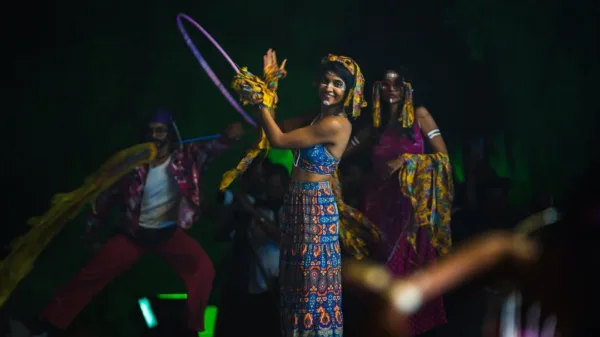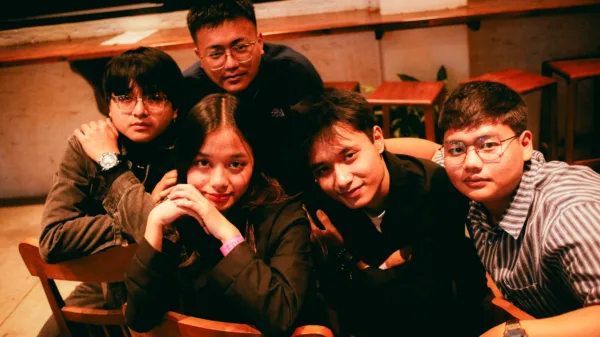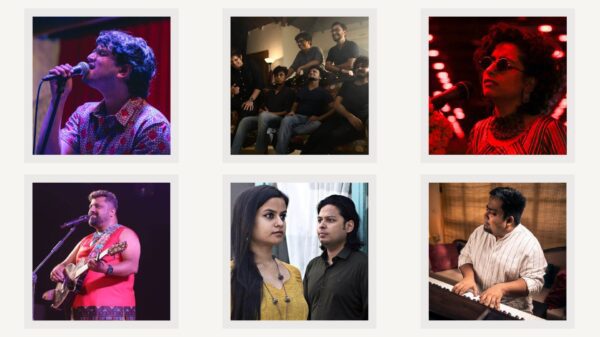“You must have heard of Peter Cat Recording Company. The sort of music Sawhney makes under PCRC and the sort he makes under Lifafa are completely different. You can’t tell that they’ve been made by the same man. That is exactly the sort of impression that I want to give,” says Moosa Saleem.
Saleem makes music both under his own name, and of course under Faaanie. The goal was to create a synth-wave that moves one’s soul. Faaanie’s soundscape seems to be a bit like the gothic genre lighting up pop – it feels a bit like a squat party in a dingy little basement with the music washing all over you.
The album has nine tracks. It opens with the song Rehbar, which starts almost subtly. Soon after though, you are mid-song and the song has crescendoed, when you realise you are in it, almost like being in the middle of a hurricane.
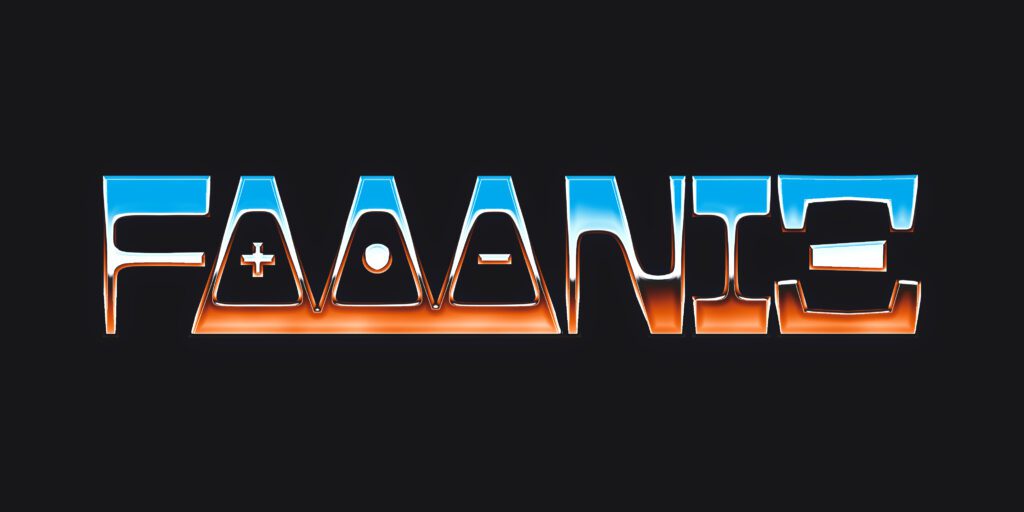
Befikra, the second track on the album is a catchy but soft track swirling into nostalgic pangs of wonderment – delivering a sense of , the song is a bit like M83’s Kids, which of course is a fairly high compliment. There is a coarser, more urban touch to the song, but it remains modest. Udne Laga Hoon, is perhaps the perfect song to follow- rising and shining a bit before adulthood cruelly snuffs the awe of life out- or perhaps simply having the ability to feel awe-struck again, regaining one’s faith in life, in all its vastness and beauty.
Yaad, is perhaps bound to be the listener’s favourite song. It is wistful and emotional, and was the first song of the album that came into existence, sampled from what he had created in 2018. It was a tribute to Saleem’s grandfather, who passed away in 2018. The track blends electronic yet futuristic elements, creating an evocative and sentimental yet dewy soundscape. The production is atmospheric, and the vocals evocative – a perfect way to feel grief, if there was one.
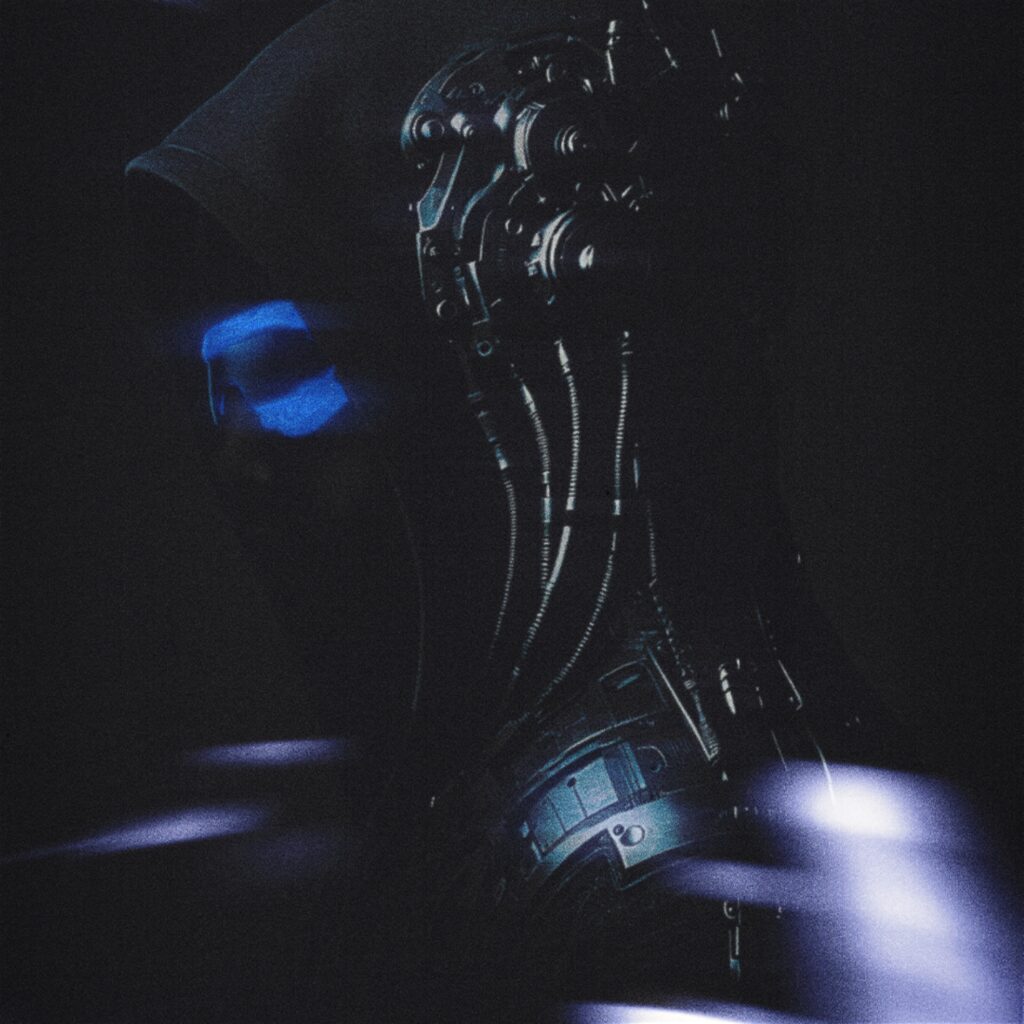
Khoya Hua acts as a perfect ending to the possibly unintentional narrative of the story, nostalgic and atmospheric, blending electronic beats and synthesiser tones, the mood ranges from dreamy to melancholic .
The instrumental tracks continue to achieve just that. It immerses the listener in a moody synth-laden atmosphere that feels both cinematic and intimate. The album leans into lush analogue textures and steady electronic rhythms.
The production layers shimmering synths with reverb soaked pads with a subtle yet introspective beat, crafting a sense of longing and introspection. Vocally, the sounds are understated yet heartfelt weaving through the electronic arrangement with softness.
It’s a bit like vintage-synth. Faaanie says that the instrumental versions of the songs were composed much before any lyrics were added, which was all done after a friend suggested him to.
Fani was Saleem’s grandfather’s pen-name. He was a poet. The word itself means ‘mortal’. Saleem admits to adding to “a’s” and an “e” at the end in order to make it more modern, more fit to synth-wave music, and he remains adamant that the music he creates under that alias, must have its own identity.

